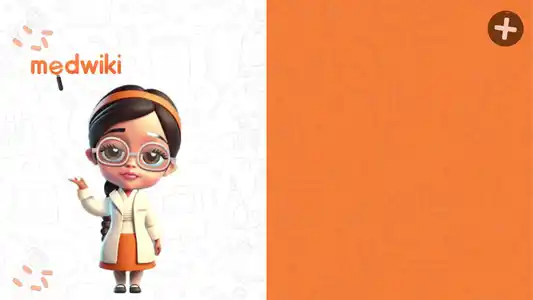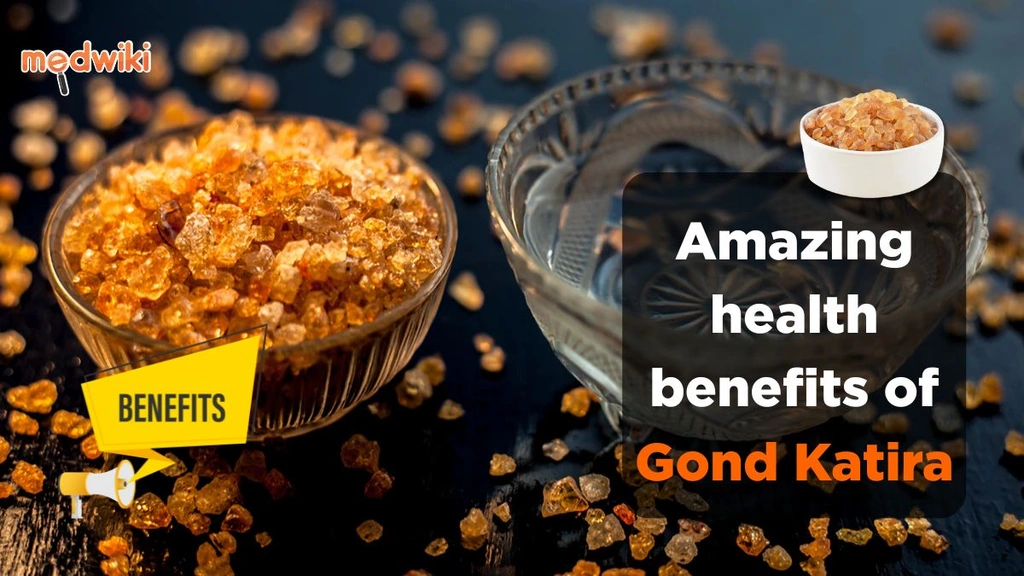proitra
Introduction to proitra
Proitra is a medication used to treat a variety of fungal infections. It is particularly effective against infections caused by fungi such as Aspergillosis, Histoplasmosis, and Candidiasis. Proitra works by targeting the cell membranes of the fungi, ultimately leading to their death and preventing the spread of the infection.
Composition of proitra
The active ingredient in Proitra is Itraconazole. This compound is responsible for inhibiting the synthesis of ergosterol, a crucial component of fungal cell membranes. Without ergosterol, the cell membrane becomes unstable, leading to the death of the fungal cell.
Uses of proitra
- Treatment of Aspergillosis
- Management of Histoplasmosis
- Control of Blastomycosis
- Relief from Onychomycosis (fungal nail infections)
- Combating Candidiasis (yeast infections)
- Treatment of Dermatophyte infections like athlete's foot and ringworm
Side effects of proitra
Common side effects:
- Nausea
- Headache
- Abdominal pain
- Diarrhea
- Rash
- Dizziness
Serious side effects:
- Liver toxicity
- Heart failure
- Severe allergic reactions
Precautions of proitra
Proitra should not be used by individuals with a history of hypersensitivity to Itraconazole or other azole antifungals. It is contraindicated in patients with active liver disease, heart failure, or severe cardiac conditions. Caution is advised for those with kidney disease or a history of arrhythmias.
How to Take proitra
- Follow the dosage prescribed by your healthcare provider.
- Take Proitra with food to improve absorption.
- Do not skip doses and complete the full course of treatment.
- If you miss a dose, take it as soon as you remember unless it's almost time for your next dose.
Conclusion of proitra
Proitra is a powerful antifungal medication that effectively treats a range of fungal infections. While it is generally well-tolerated, it is important to be aware of potential side effects and take necessary precautions. Always follow your healthcare provider's instructions when using Proitra to ensure the best possible outcome.
Similar Medicines
Available in 3 variations

Proitra 100mg Capsule
Proitra 100mg Capsule
Itraconazole (100mg)
strip of 4 capsules

Proitra 1% Gel
Proitra 1% Gel
Itraconazole (1% w/w)
tube of 15 gm Gel

Proitra 200mg Capsule
Proitra 200mg Capsule
Itraconazole (200mg)
strip of 4 capsules
Related Faqs

Is Proitra 1% Gel safe to use in children?
Proitra 1 Gel is known to be a safe and reliable option for children but it is crucial to follow the guidance and prescription of a doctor Administering the gel in the correct dosage and for the recommended duration as advised by a healthcare professional is essential to ensure its effectiveness Although minor side effects may rarely occur they are usually not troublesome and can be easily managed However if you experience a severe burning sensation accompanied by intense redness and itching after using the gel it is crucial to discontinue its use immediately and seek prompt medical attention These symptoms could indicate an allergic reaction or a more serious underlying issue that needs to be addressed by a healthcare provider Ignoring these symptoms and continuing to use the gel could potentially worsen the condition and lead to further complications By prioritizing the safety and wellbeing of your child and promptly consulting a doctor in case of any adverse reactions you can ensure that the use of Proitra 1 Gel remains a beneficial and effective treatment option for your childs condition It is always better to be cautious and seek professional guidance to avoid any potential risks or complications

For how long should I apply Proitra 1% Gel? Can I stop if the symptoms have completely disappeared?
The recommended duration of treatment with Proitra 1 Gel may vary depending on the specific type of infection being treated In the case of tinea infection it is generally advisable to continue the treatment for a period of one month For candida infection it is recommended to continue the treatment for a minimum of fifteen days It is important to note that it is not advisable to discontinue the treatment on your own even if you start to feel better as this may increase the risk of the infection returning Killing the fungus completely requires a certain amount of time and prematurely stopping the treatment may allow it to regrow and cause a recurrence of the infection To ensure successful treatment and prevent any potential relapse it is crucial to follow the prescribed duration of treatment as recommended by your healthcare professional

How to use Proitra 1% Gel?
When using Proitra 1 Gel it is crucial to clean and dry the affected area before application Care should be taken to gently and thoroughly massage the gel into the skin It is of utmost importance to avoid contact with your eyes or mouth while applying the medication In case Proitra 1 Gel accidentally gets into your eyes it is crucial to wash them immediately with plenty of water If your eyes become irritated it is advisable to seek medical advice from your doctor for further guidance Ensuring proper hygiene and following the instructions provided by your healthcare professional can aid in the effective use of Proitra 1 Gel and promote the desired results Remember to consult your doctor or pharmacist if you have any concerns or questions regarding its usage

My doctor prescribed Proitra to me but not to my friend who had a similar fungal infection because she was on dofetilide. Why is it so?
Your friends doctor made the decision to not prescribe Proitra due to its potential to interfere with the effectiveness of dofetilide This interference can result in abnormal electrical activity in the heart which can be quite dangerous for the patient By avoiding the use of Proitra alongside dofetilide the doctor is prioritizing the wellbeing and safety of your friend It is crucial to take these precautions to prevent any potential complications and ensure the proper functioning of the heart While Proitra may have its benefits in certain cases it is essential to closely monitor the interactions between medications to minimize any potential risks Your friends doctor has taken the necessary steps to avoid any potential harm and to provide the best possible medical care It is always advisable to consult with a healthcare professional to discuss any concerns or questions regarding medication interactions and the overall treatment plan

I am taking Proitra for nail infection but there does not seem to be any improvement. Can I stop taking it?
It is highly advised against abruptly discontinuing the use of Proitra before finishing the entire prescribed course This is crucial as it could lead to an incomplete eradication of the fungal infection rendering the treatment ineffective Typically it takes approximately 69 months for a nail lesion to completely vanish as the medicine needs sufficient time to eliminate the fungus Additionally after the infection has been successfully treated it takes several months for a new nail to grow and replace the affected one Thus it is important to be patient and continue with the treatment until completion even if visible improvements are not immediately apparent Remember that the efficacy of Proitra can be compromised if used inconsistently or prematurely discontinued If any concerns or uncertainties arise during the treatment process it is recommended to consult with a healthcare professional for further guidance and clarification

I am taking Proitra for nail infection but there does not seem to be any improvement. Can I stop taking it?
Adhering to the recommended duration of Proitra treatment is of utmost importance to ensure effective results It is essential not to discontinue the medication prematurely as this may hinder the complete eradication of the fungal infection Patience is key when dealing with nail lesions as they typically require around 6 to 9 months to fully heal The medication works by eliminating the fungus after which the growth of a new nail takes place which itself may take several months It is crucial to understand that lack of noticeable improvement during the treatment should not give rise to concern or prompt one to stop the medication The healing process may take some time and consistent use of the prescribed medication is necessary for success By following the recommended treatment duration and staying committed to the medication the chances of completely eradicating the fungal infection and achieving healthy nails are greatly enhanced
Related Posts

1:15
5 Amazing Benefits of Cucumber! Summer Superfood for Health & Weight Loss!

1:15
Do You Know Why Mango Is A Must-Have Fruit In Summer?

1:15
Top 5 Health Benefits of Muskmelon | Best Summer Fruit for Hydration & Weightloss!

1:15
4 Amazing benefits of eating Lychee this summer!

1:15
Gond Katira: Nutrition and Benefits for a Healthier Life!
Disclaimer : This information is not a substitute for medical advice. Consult your healthcare provider before making any changes to your treatment . Do not ignore or delay professional medical advice based on anything you have seen or read on Medwiki.
proitra
Prescription Required
Manufacturer :
Medivaxia PharmaComposition :
itraconazole















.svg)
